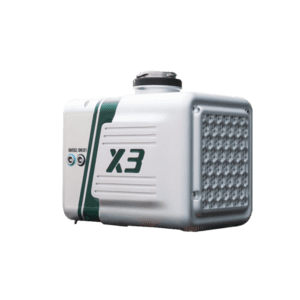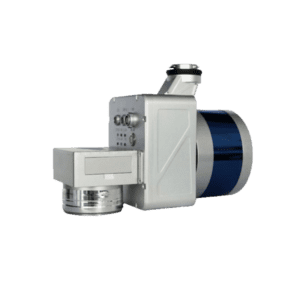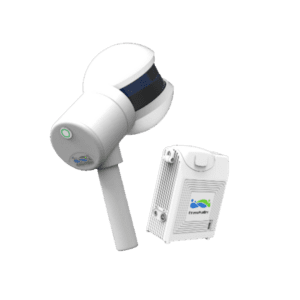LiDAR Forestry Survey - GVI LiDAR Scanning System and Processing Software in Australia
In the process of forestry surveying, Lidar is used to map the land, determine the location and dimensions of trees and other objects, and deliver the information for timber metrics and volume estimation, such calculation of the canopy height, forest stocking and other relevant parameters. Lidar is used in environmental assessment as well. It can be used in a variety of methods, such as Airborne Laser Scanning (ALS), UAV LiDAR scanning, and Terrestrial LiDAR Scanning (TLS). The data acquired by the system can be used to develop individual tree characteristics, such as canopy height and diameter at breast height (DBH).
What can we do with LiDAR data in forestry industry?
LIDAR data can be used to calculate individual tree characteristics
Lidar data has been claimed to be able to determine individual tree characteristics such as size, shape and height. This technology is useful for forestry surveying, habitat management and selective harvesting practices. Moreover, it can provide three-dimensional information about a target area, like Canopy Height Model (CHM).
And, because of the evolution of the AI based algorithm, the accuracy of determining a number of features such as tree count, species identification or volume is also improving. For example, the ALS and TLS module of LiDAR360 software can achieve reasonable accuracy for tree segmentation, tree locations and tree charecteristics.
The first pulse return of Lidar data measures the elevations of the canopy. This is one of the most important LiDAR features. It can help in distinguishing the forest canopy from the bare ground. Another important feature of Lidar is the mean of the first echo intensity. This is useful for reducing multiple scattering effects in discrete echo systems.
LIDAR data is used in environmental assessment
In environmental assessment, LIDAR data is used to determine the vertical structure of a forest canopy. It also gives information about the number and health of trees and foliage. This information is useful for forest planning and forest fire management. LiDAR is a laser-based technology that uses pulsed light waves to collect 3D representations of environments.
LiDAR sensors are equipped on multi-rotor fixed-wing or helicopter aircraft. They are capable of measuring the distances between the Earth and objects and transmitting the data to a GPS receiver. The data can be processed into a 3D point cloud, which is then used to create an image of the target environment.
LIDAR data can be used for a variety of purposes, including determining the amount of forest fire fuel, mapping pollutants, and estimating tree output. It can also be used to map the location of watershed boundaries and determine the health of a forest.
Several studies have investigated the derivation of biophysical properties from airborne lidar data. These studies focus on the use of different types of sensors, point density, and acquisition settings. Although the magnitude of the difference between point densities is very small, it has a significant effect on derived metrics. For instance, different point densities affect the size of the footprint.
Aerial LiDAR Scanning for Forestry Survey
How Does Aerial LiDAR Scanning help forestry survey
Aerial LiDAR (Light Detection and Ranging) is a remote sensing technology that uses lasers to scan the surface of the earth from an aircraft, such as drone, UAV, airplane or helicopter. In the context of forestry, LiDAR can be used to create high-resolution maps of the forest canopy, which can be used for a variety of applications including:
Inventorying trees: LiDAR can be used to accurately measure the height, density, and spatial distribution of trees, which can be used to estimate the volume of timber in a forest.
Monitoring forest health: LiDAR can be used to detect changes in the canopy over time, which can be used to identify areas of the forest that are declining in health or experiencing stress due to pests, disease, or other factors.
Planning forest management: LiDAR can be used to create detailed maps of the forest canopy, which can be used to identify areas that are suitable for logging or other forms of forest management.
Assessing carbon sequestration: LiDAR can be used to estimate the amount of carbon stored in a forest, which can be used to assess the forest’s potential for sequestering carbon dioxide from the atmosphere.
Assisting with habitat restoration: LiDAR can be used to create maps of the forest canopy and understory, which can be used to identify areas that are suitable for planting or reforestation efforts.
LiDAR hardware available for Aerial Laser Scanning for Forestry
Drone/UAV LiDAR System
Unmanned aerial vehicles (UAVs), also known as drones, can be equipped with LiDAR sensors to conduct forestry surveys. UAV-based LiDAR systems have several advantages over traditional aerial lidar systems:
Cost: UAVs are generally less expensive to operate than airplanes or helicopters, making them a more cost-effective option for many forestry applications.
Flexibility: UAVs are more agile and can access areas that are difficult or impossible for airplanes or helicopters to reach, such as forests with dense canopy cover or steep terrain.
Safety: UAVs do not require a pilot to be on board, which reduces the risk of accidents or injuries.
Speed: UAVs can cover large areas quickly, making them an efficient option for conducting forestry surveys.
Resolution: UAV-based LiDAR systems can produce high-resolution maps of the forest canopy, allowing for more accurate and detailed analyses.
Overall, UAV-based LiDAR systems are a valuable tool for conducting forestry surveys and can provide valuable data for a variety of applications, including inventorying trees, monitoring forest health, and planning forest management activities.
Airborne LiDAR System
Airborne lidar (Light Detection and Ranging) is a remote sensing technology that uses lasers to scan the surface of the earth from an aircraft, such as an airplane or helicopter. In the context of forestry, airborne lidar can be used to create high-resolution maps of the forest canopy, at the same time it has higher efficiency than UAV LiDAR system, so it is suitable for large scale aerial laser scanning projects.
ALS Pre & Post processing software
-
LiDAR Point Cloud Processing Software
LiDAR360 Point Cloud Data Management, Processing & Analyzing Software – 1 Year Subscription
US$3,600.00 Excl. GST/VAT Add to cartRated 0 out of 5
Video Introduction for ALS & TLS forestry Module of LiDAR360
Qualitative comparison of different LiDAR Sensors
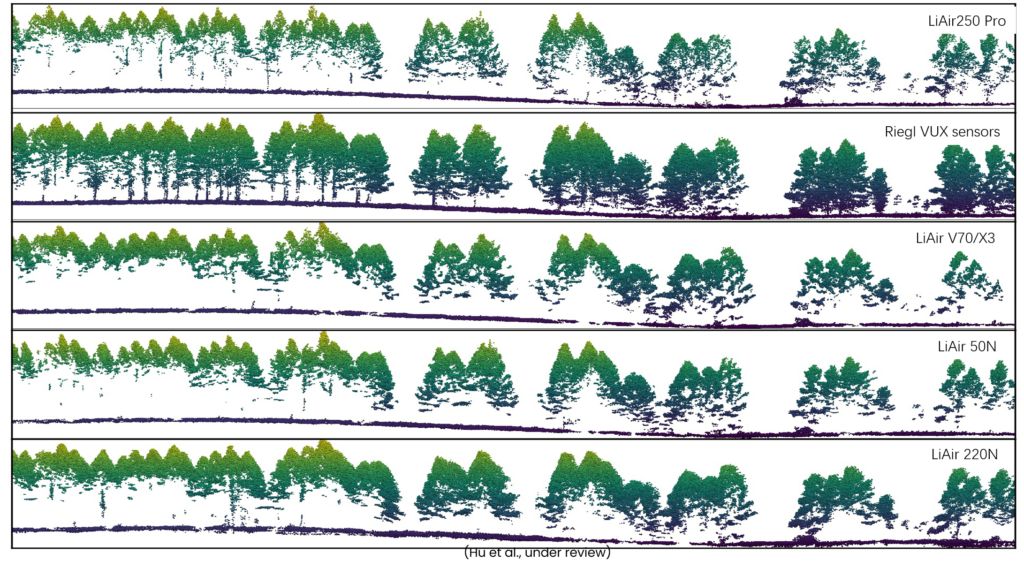
Terrestrial LiDAR Scanning for Forestry Survey
How Does Terrestrial LiDAR Scanning help forestry survey
Terrestrial LiDAR scanning (TLS) with backpack and handheld LiDAR scanners is an effective technique for acquiring detailed tree attributes in forest plots. Comparing to traditional laser scanning, it is much faster and can acquire high precision data for calculation of tree charectoristics such as height and a number of other tree attributes can be measured using a terrestrial laser scanner. These include aboveground biomass, leaf area index, and basal area. By combining these metrics, you can obtain a more accurate estimate of your forest’s total structural metric. You can also use these metrics to estimate tree attributes at a stand-level.
LiDAR hardware available for Terrestrial Laser Scanning for Forestry
-
Handheld LiDAR Scanner
LiGrip H120 Handheld LiDAR Scanner + LiFuser Pre-processing Software – Global Shipping
Read MoreRated 0 out of 5
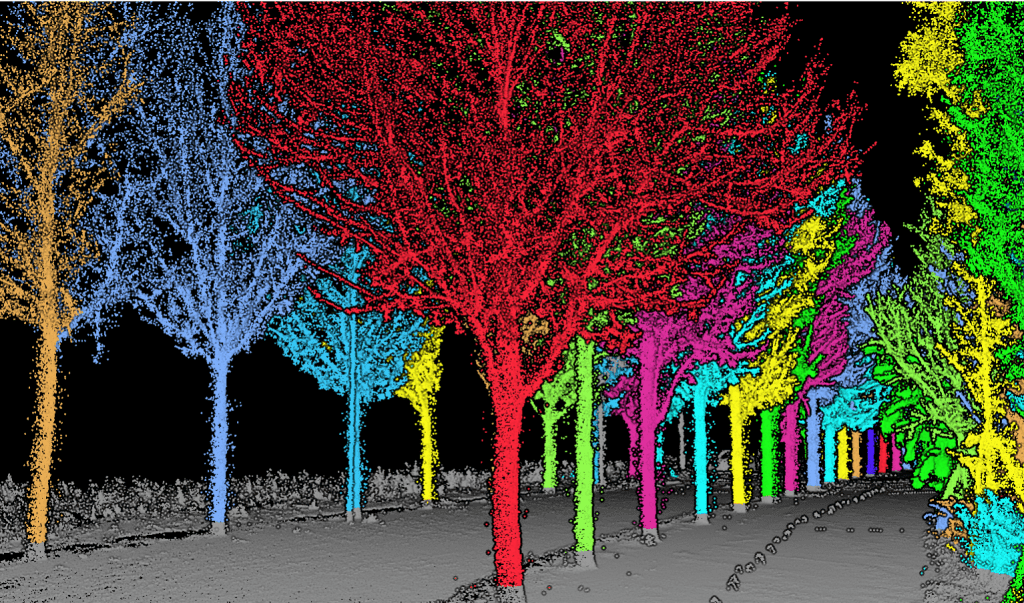
ALS Pre & Post processing software
-
LiDAR Point Cloud Processing Software
LiDAR360 Point Cloud Data Management, Processing & Analyzing Software – 1 Year Subscription
US$3,600.00 Excl. GST/VAT Add to cartRated 0 out of 5


